There’s no time like the present. If you’re thinking about getting flood insurance (and you should be), factor in the 30-day waiting period.
When is damage considered to be caused by flooding?
What causes any flooding you experience is very important. For example, if you have a sewer or drain backup (or overflowing sump pump) that damages your home, it is NOT covered by flood insurance unless the backup itself is a direct result of flooding.
So, what makes damage flood damage?
Water must cover at least two acres of land that’s normally dry, or has to have damaged two or more properties (one being your home). Also, the water has to come from:
- Overflowing inland or tidal waters.
- Unusual, rapid accumulation or runoff of surface waters from any source.
- Mudflow (meaning mud that’s carried by a flow of water, creating a river of mud).
You’re also covered when shorefront land collapses or sinks due to waters above “anticipated cyclical levels.”
The Virginia Institute of Marine Science finds that sea level in our area is rising faster than all the tested cities on the East Coast.1


When should I get flood insurance?
There’s no time like the present. If you’re thinking about getting flood insurance (and you should be), factor in the 30-day waiting period.
In a word? NOW.
Not to alarm you, but if you’re thinking about flood insurance and it’s storm season — or your forecast has people raiding the grocery store shelves — please remember that, typically, there’s a 30-day waiting period from the date you purchase your policy.
There are a few exceptions to the 30-day waiting period, so ask your insurance agent to see if any apply to you.
Most importantly, remember that once the flooding starts, it’s too late. Don’t wait.

